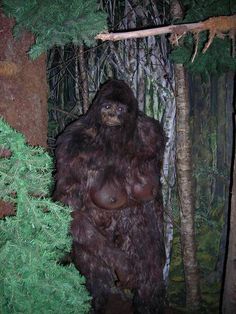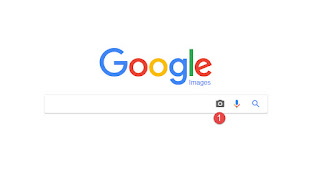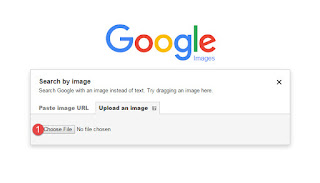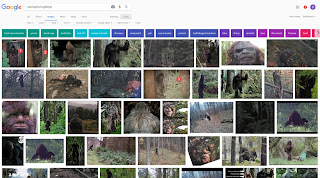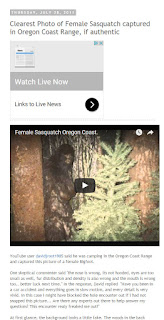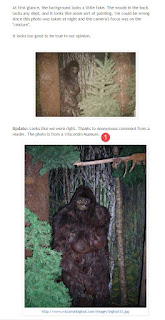Google, a researcher's best friend........
- Details
- Category: Articles
- Published: Saturday, 09 January 2021 02:34
- Written by Super User
- Hits: 2115
Google is perhaps the best investigative tool a researcher can have online, not just for articles, stories and other media online, but the most important is images.
Images? What do you mean images, D.W.?
For the most part, especially on Facebook, I see posts like this.
I blacked out the user's name because it is someone I have gotten to know online fairly well, but they fell for the old, "I got it from someone else" ruse.
Even though I remember this picture really well as it was from a photo that claimed to have been taken at a lumber company's clear cut area. This was nothing more than a tree.
But it could have easily been debunked by doing a Google Image search. Let's go through the steps to show everyone one of the tricks I use to debunk a photo, because chances are, the photo has existed for sometime and can be easily discovered if people just do their research.
I took the photo shown below to illustrate this as it's a more well known photo that someone claimed to have taken of a Bigfoot in Oregon State.




